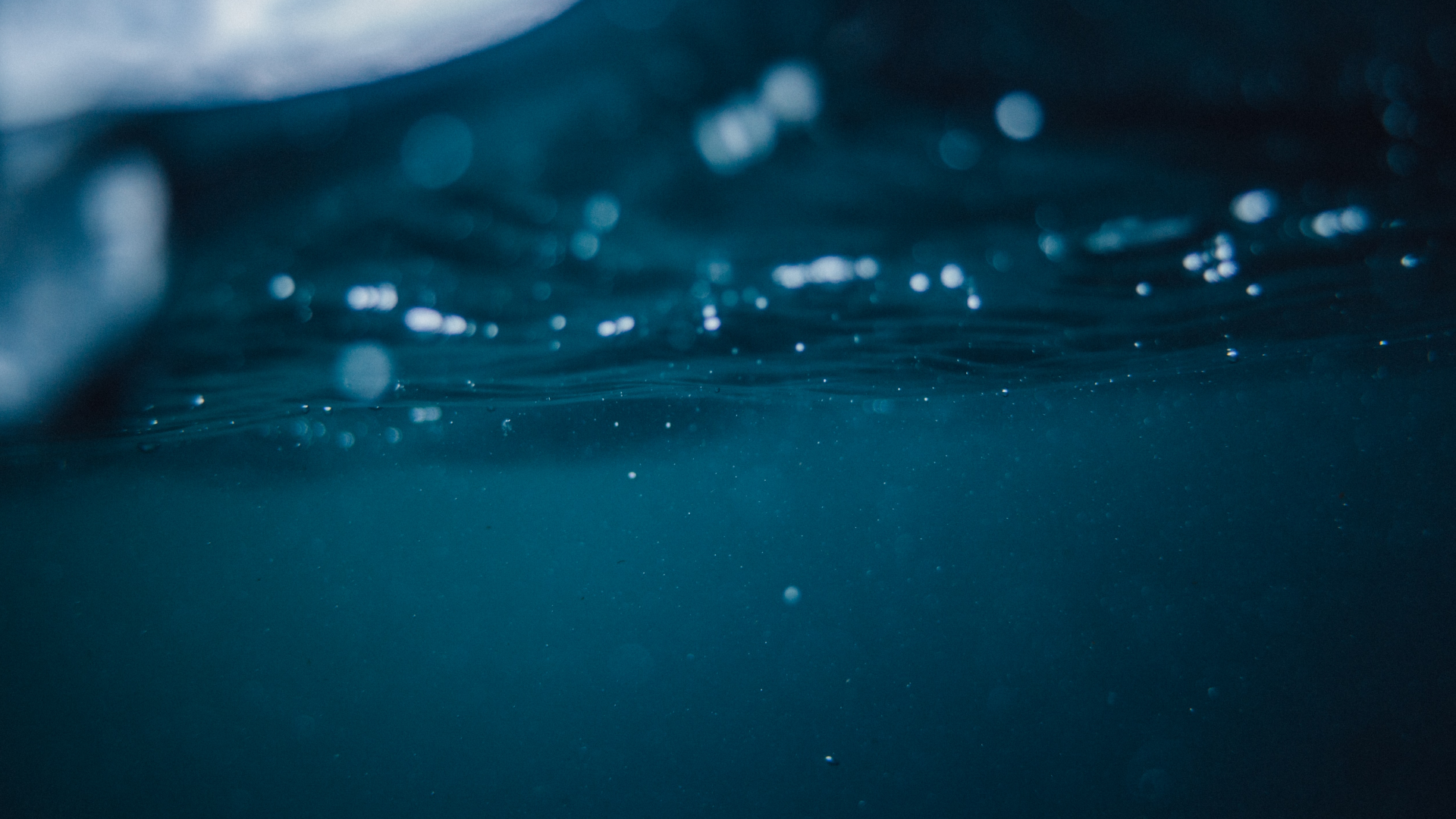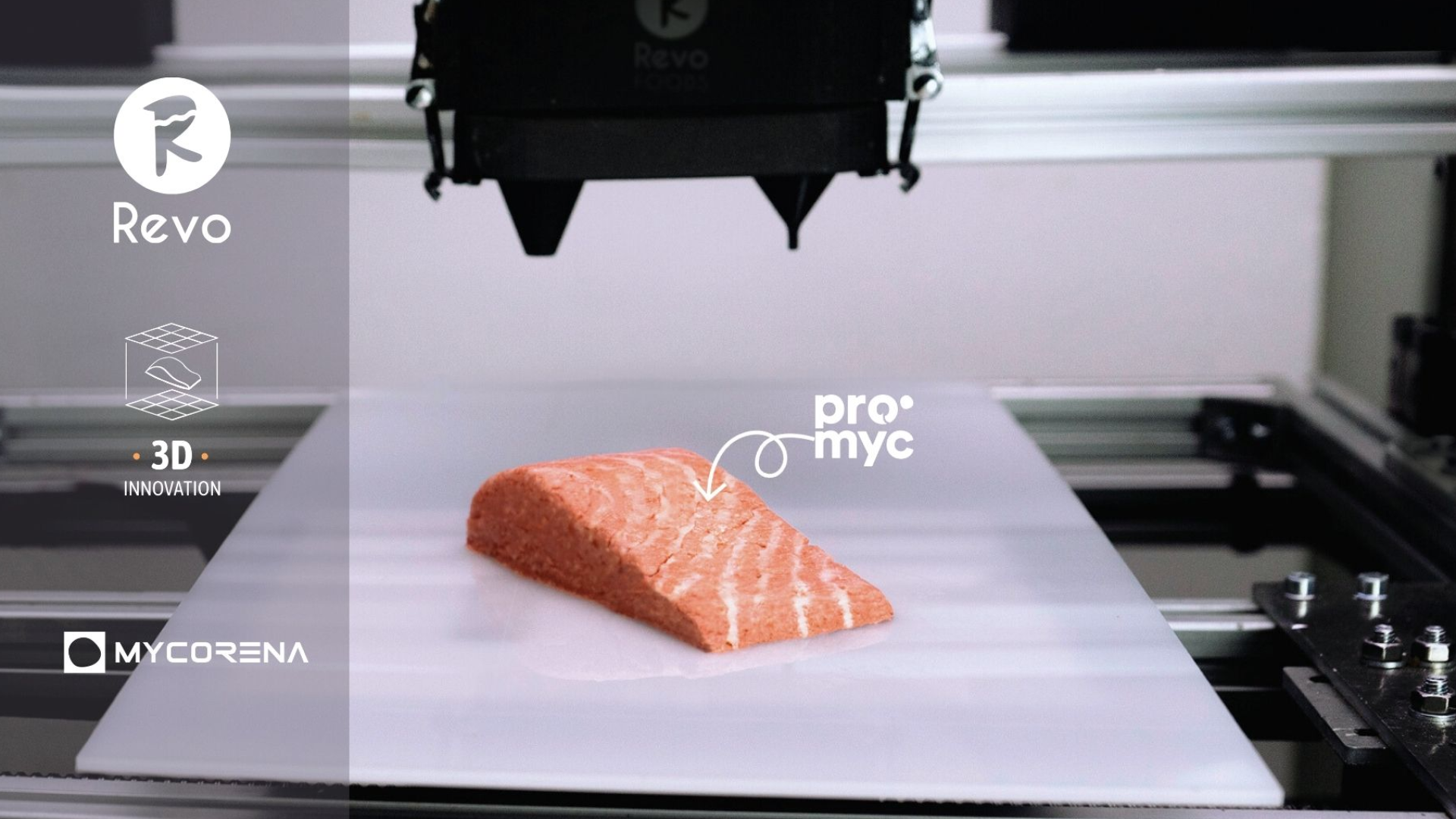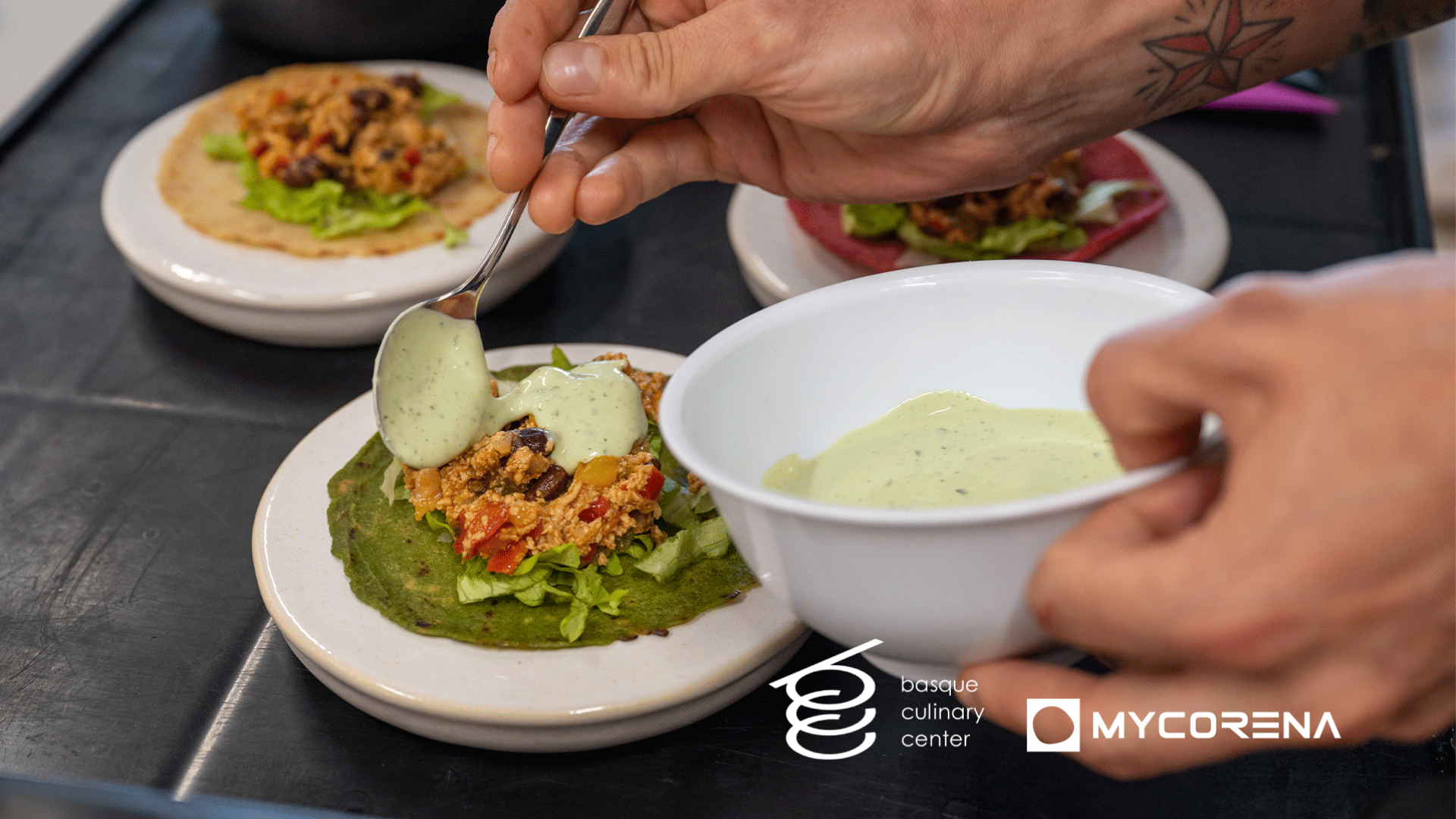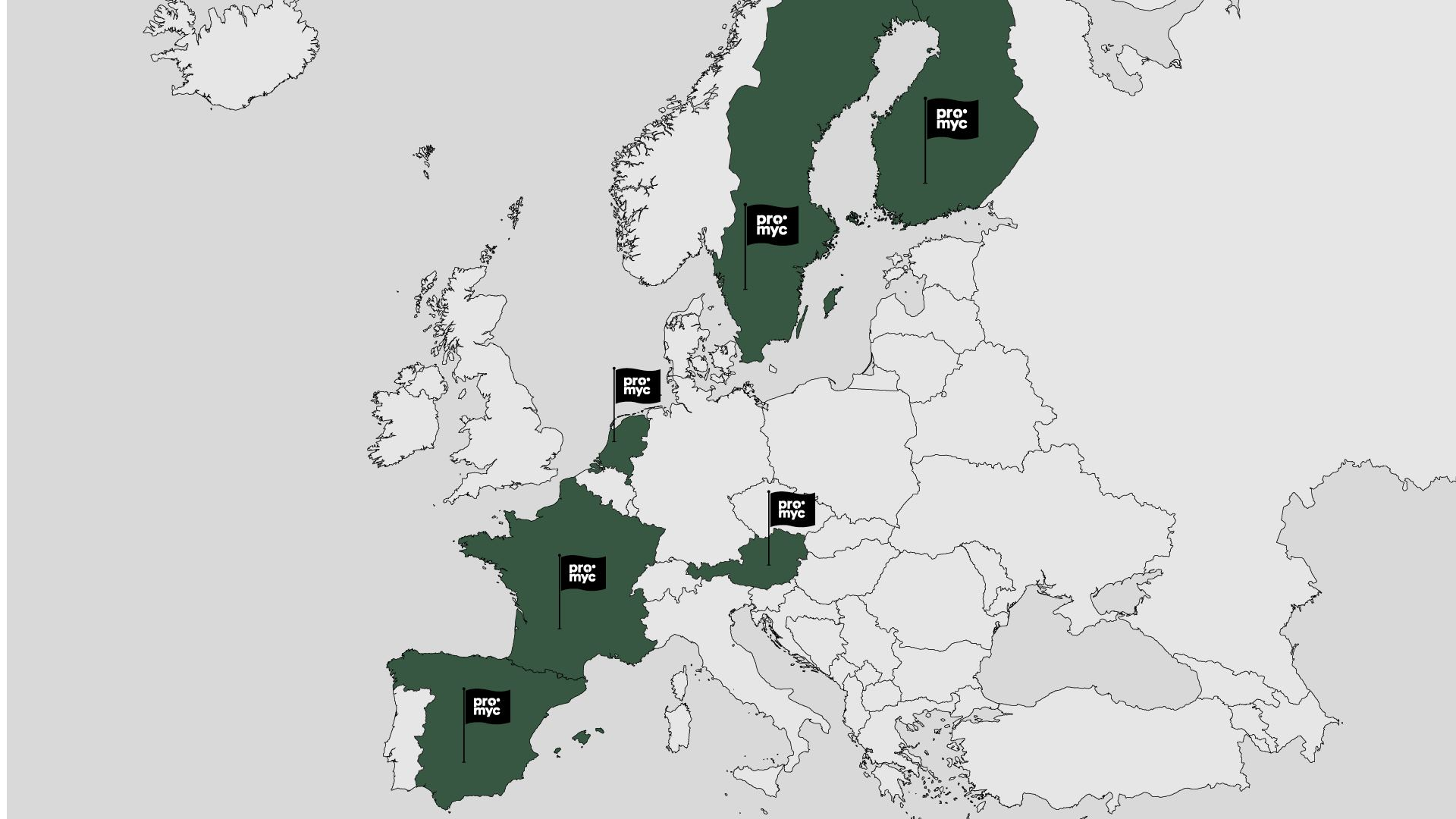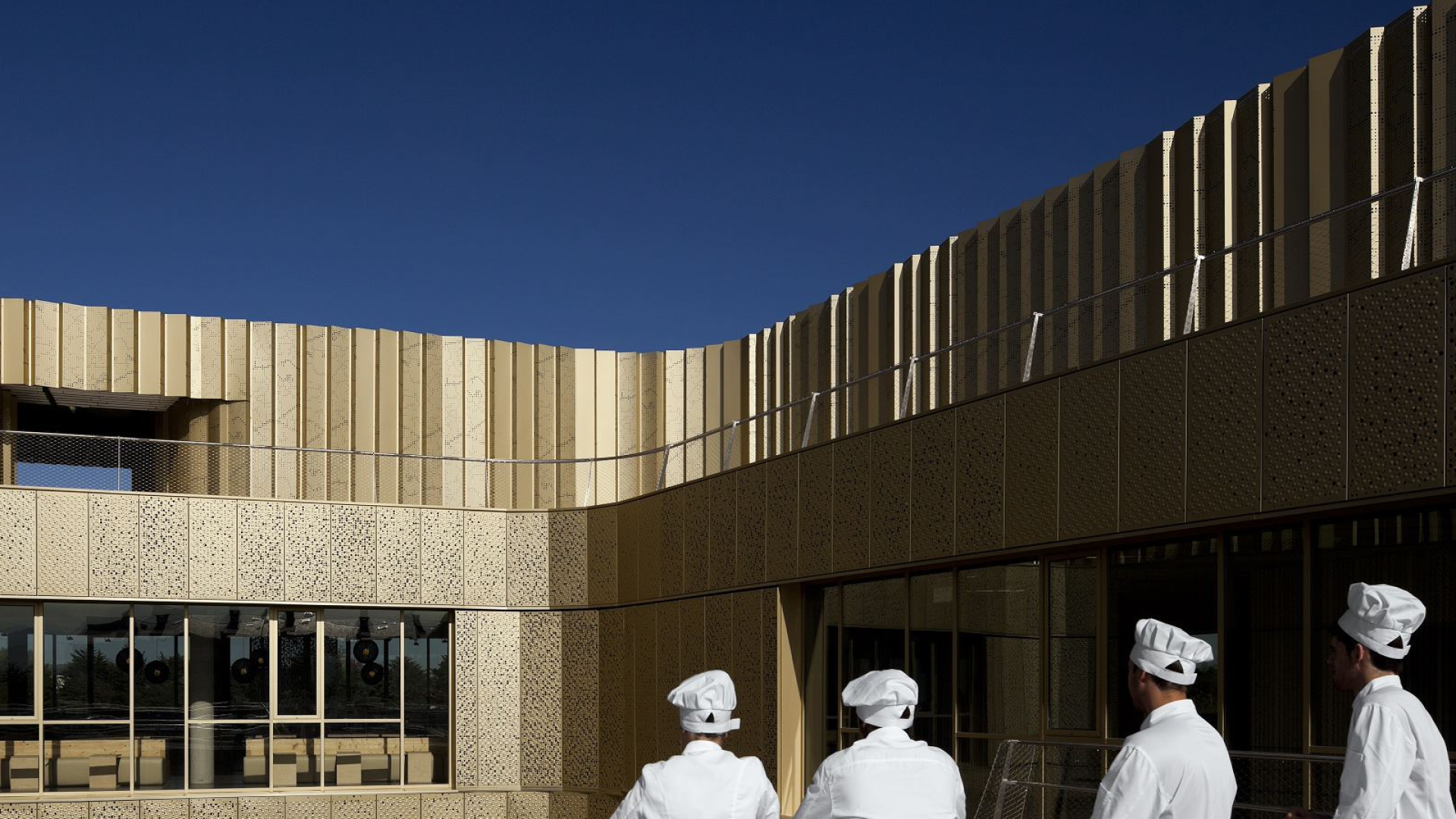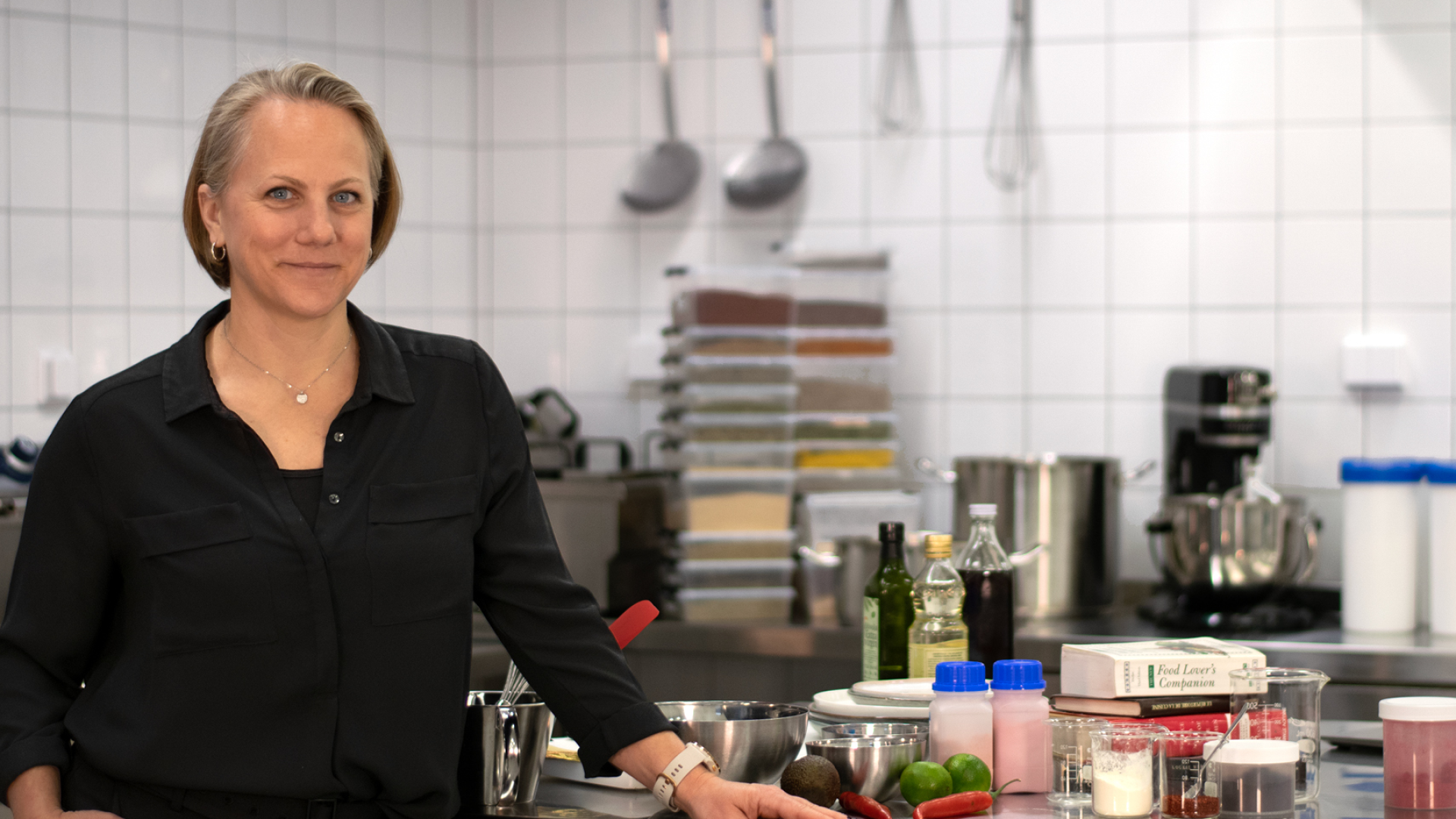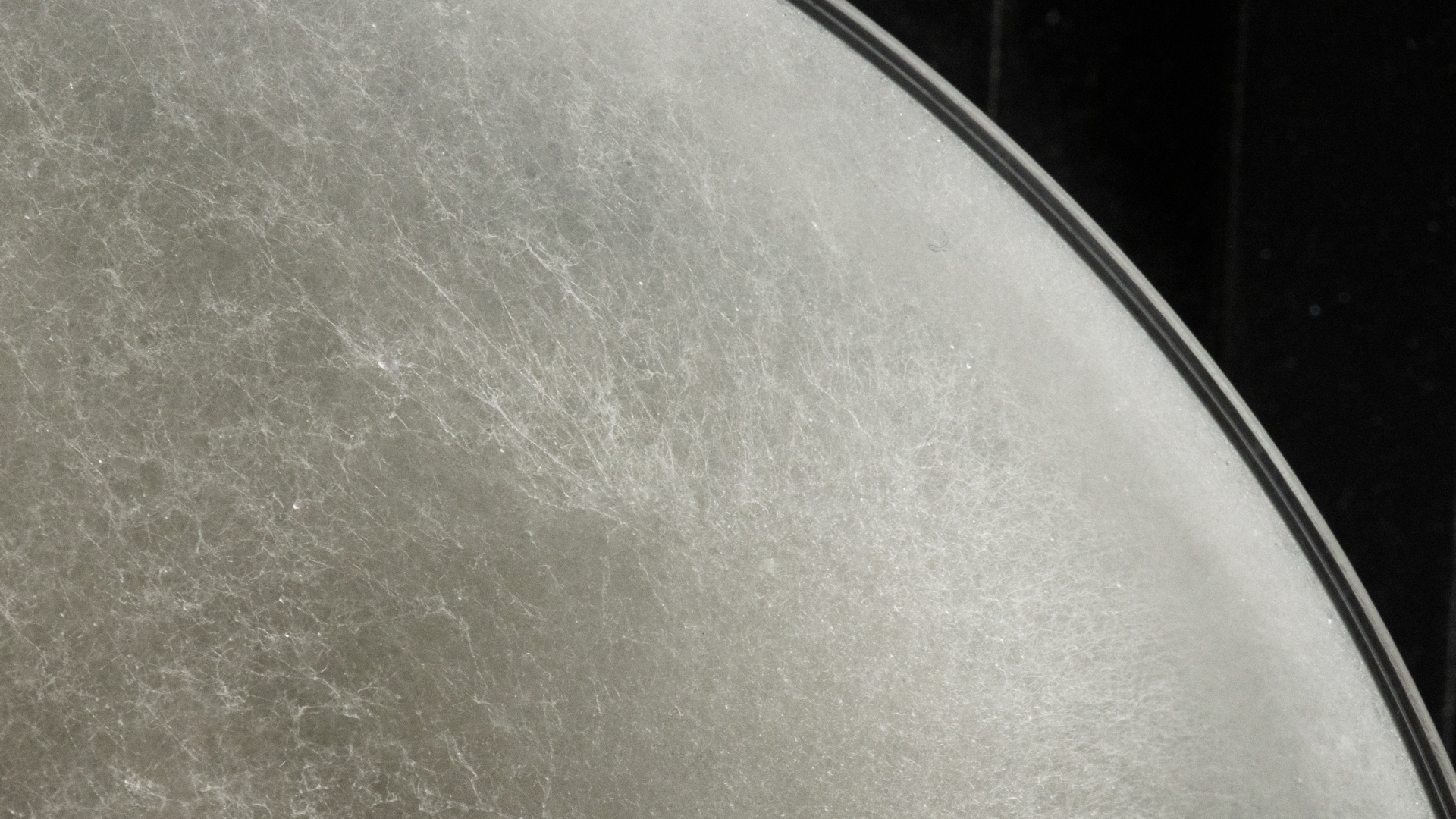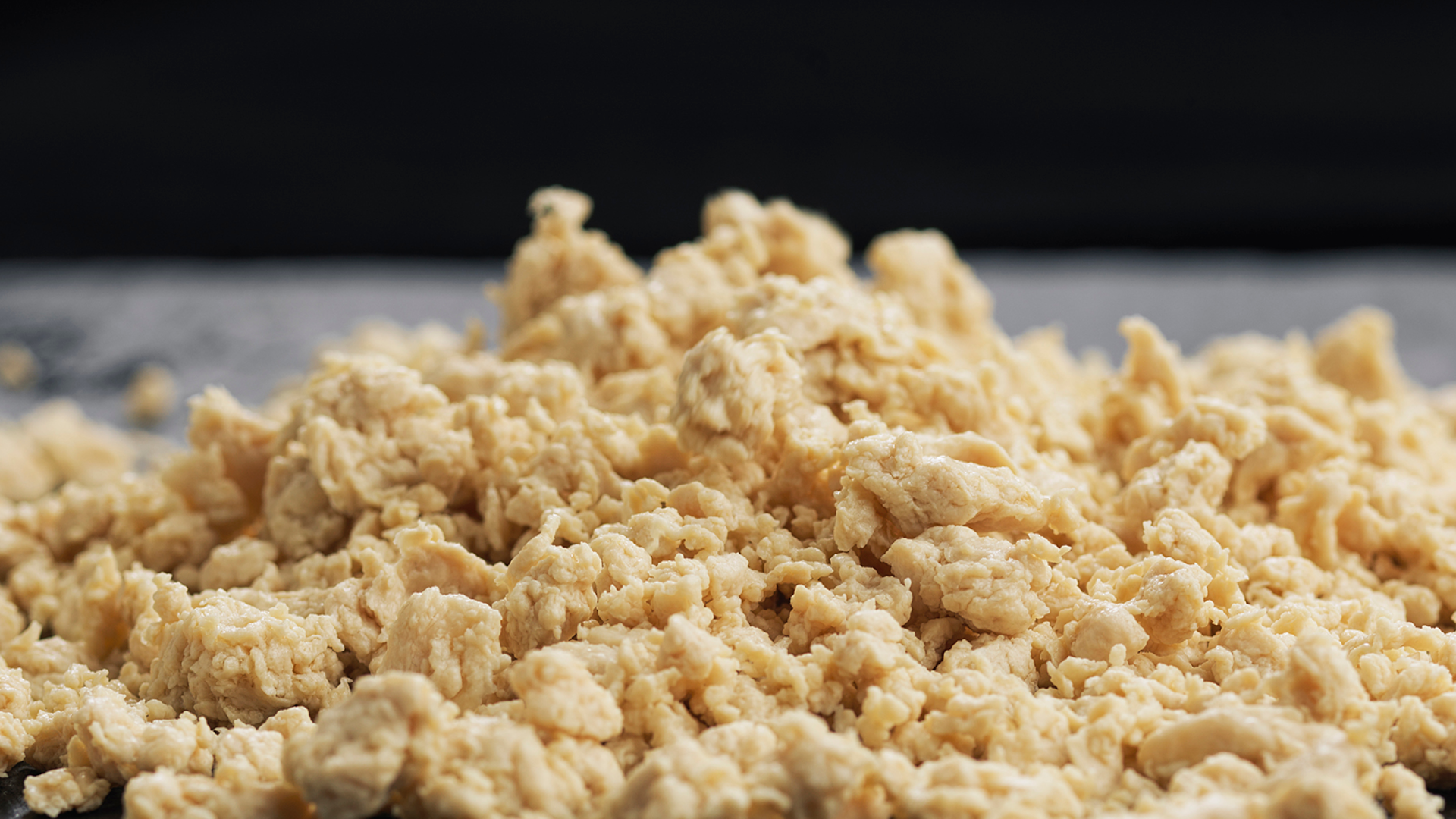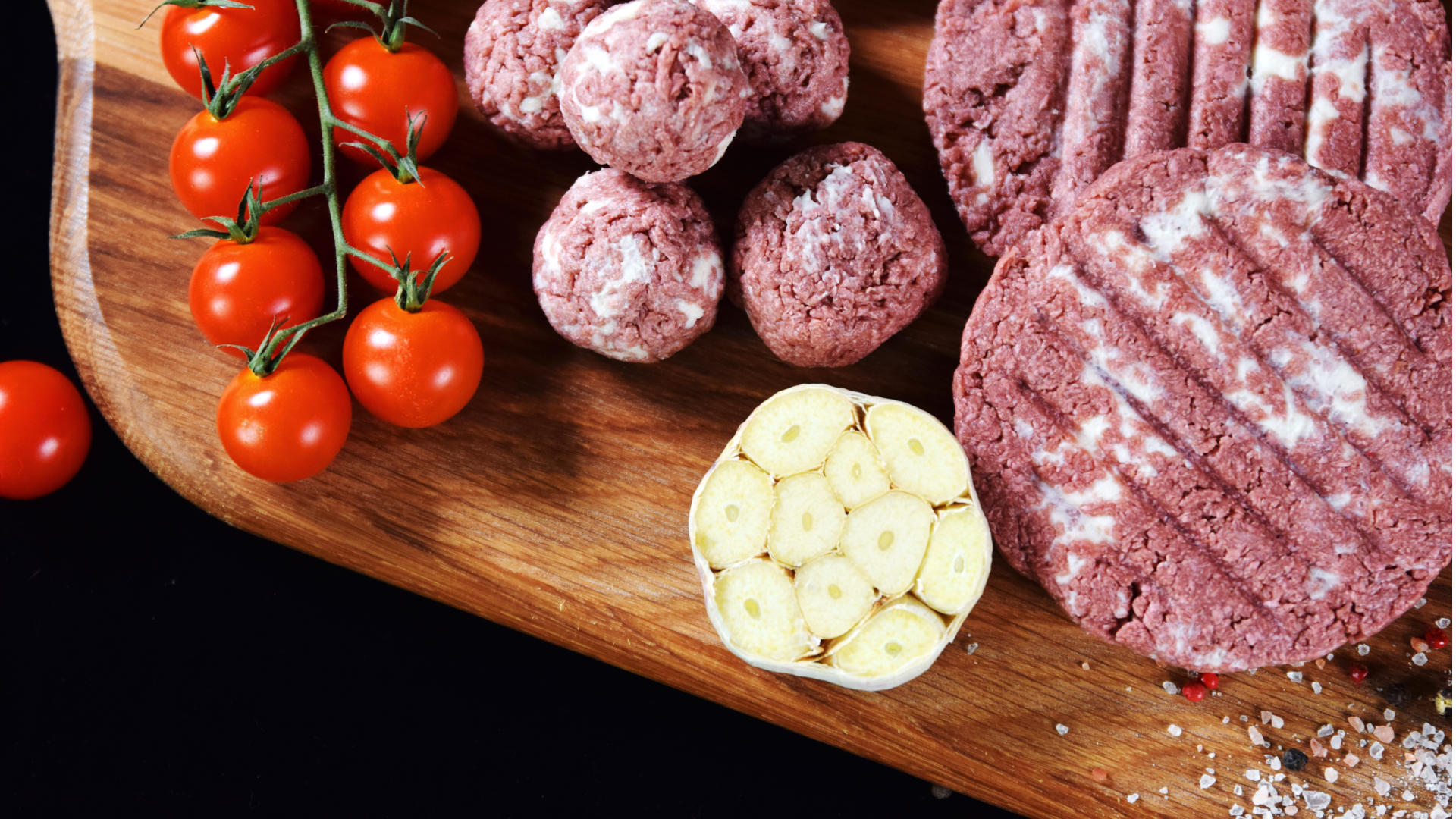If we ask you what “water” means to you, what would be the first thing that comes up to your mind?
Life? Health? Hygiene? Or perhaps a chemical substance? A human right? A commodity?
Well, all the above are accurate. Water is vital for life. Water is a tasteless, odourless, and nearly colourless chemical substance. Access to safe water and sanitation can quickly turn problems into potential. It is a right of every human being to have access to safe water for personal and domestic uses. And yes, people are now trading and investing in water as a commodity.
There are also two other words that can be associated with water: Abundance and rarity. It is abundant because it covers 70% of our planet, which makes it easy to assume that there will always be plenty of water for us. However, not all of that is freshwater. In fact, according to WWL, only 3% of the world’s water is fresh. Surprised? There is more (or less, actually): two-thirds of that 3% is tucked away in glaciers or unavailable for use. Which leaves us with a mere 1% of available safe water that is being shared by the whole world. So yes, water is also rare.
And how is that 1% being treated? The food company in specific has been negatively contributing to the water consummation. Consider the water footprint of beef, for instance. In an industrial beef production system, it takes around three years before the animal is slaughtered to produce about 200 kg of beef. The animal consumes nearly 1,300 kg of grains and 7,200 kg of roughages, drinks 24 m3 of water and requires around 7 m3 of water for servicing. This means that to produce one kilogram of boneless beef, it is used about 6.5 kg of grain, 36 kg of roughages, and 155 litres of water (only for drinking and servicing). Producing the volume of feed requires about 15,300 litres of water on average. The water footprint of 1 kg of beef thus adds up to 15,500 liters of water, in estimation. This still excludes the volume of polluted water that may result from the leaching of fertilizers in the feed crop field or from surplus manure reaching the water system.
Furthermore, agriculture consumes more water than any other source and wastes much of that through inefficiencies. It is estimated that between 70 and 85% of the water footprint caused by human activities is associated with agricultural activity.
With ever more water needed, efforts to produce food with less water are critical to averting a crisis. Here at Mycorena, we are aware of the problem, and we bring the solution. Currently, it takes only 974 L/kg to produce Promyc, our mycoprotein. In the near future, with the production scaled up, the estimation is to reduce it to 332 L/kg. Surprisingly, with the circular mycoprotein produced by Techmyc solution, it is possible to reduce the water consumption to only 50.5 L/kg.
Figure 1- Estimated water usage (L/kg) per food item - calculated by Mycorena
So, if we ask you again, what does water mean to you? What would you do?
Author:
Lara Hastenreiter
